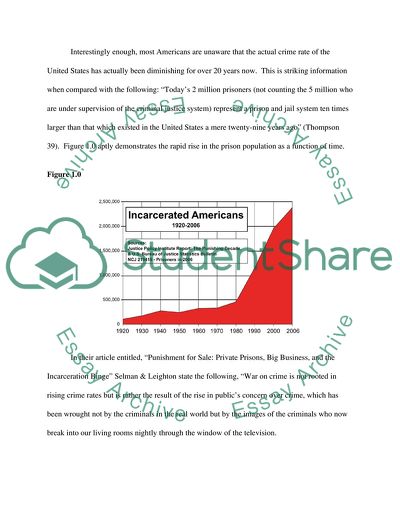Cite this document
(“Crimes in the USA Essay Example | Topics and Well Written Essays - 1500 words”, n.d.)
Retrieved de https://studentshare.org/sociology/1638574-see-instruction
Retrieved de https://studentshare.org/sociology/1638574-see-instruction
(Crimes in the USA Essay Example | Topics and Well Written Essays - 1500 Words)
https://studentshare.org/sociology/1638574-see-instruction.
https://studentshare.org/sociology/1638574-see-instruction.
“Crimes in the USA Essay Example | Topics and Well Written Essays - 1500 Words”, n.d. https://studentshare.org/sociology/1638574-see-instruction.


